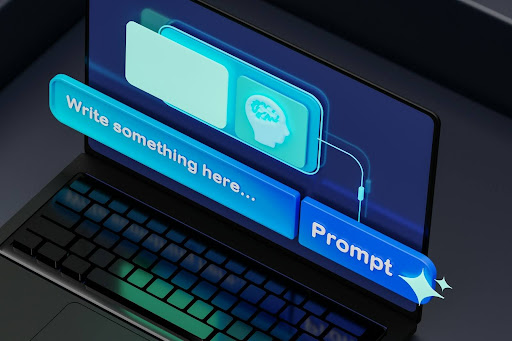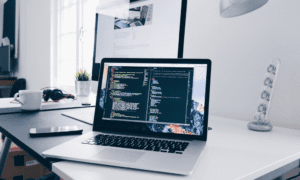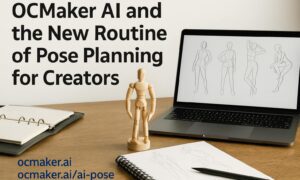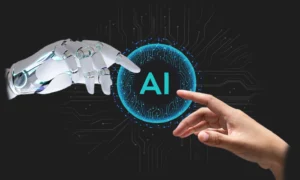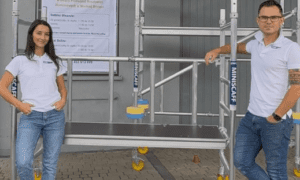In just a few short years, generative AI has gone from a niche innovation to a mainstream force, reshaping how we approach creativity, storytelling, design, and media production. Once the realm of science fiction, machines that can “write,” “paint,” or “compose music” are now integrated into everyday workflows—empowering creators, challenging traditional norms, and raising important questions about authenticity and originality.
So, what exactly is generative AI, and why is it having such a massive impact on content creation?
What is Generative AI?
Generative AI refers to artificial intelligence systems capable of creating new content—text, images, video, audio, or code—based on patterns learned from existing data. Unlike traditional AI, which analyzes or classifies data, generative models can produce new data that often mirrors human-like quality.
The most popular examples include tools like OpenAI’s ChatGPT, Midjourney, DALL·E, and Google’s MusicLM. These tools generate everything from essays to digital art to background scores with minimal human input. You simply give a prompt, and the machine fills in the rest—sometimes with jaw-dropping results.
The Scale of the Revolution
The stats speak for themselves. According to a 2024 McKinsey report, generative AI could add between $2.6 trillion to $4.4 trillion annually to the global economy. The same report highlighted that marketing and content creation are among the top industries already seeing major boosts in productivity due to AI.
Adobe’s “Future of Creativity” survey found that over 45% of creative professionals are already using AI tools regularly to streamline tasks like photo editing, content ideation, and video production. And the adoption is only accelerating.
Transforming the Creative Process
Here are a few major ways generative AI is changing how we create:
1. Faster Content Production
Writers and marketers now use tools like Jasper or Copy.ai to generate first drafts of blogs, emails, and product descriptions within minutes. What used to take hours can be completed in a fraction of the time—freeing up more energy for strategy, optimization, and storytelling.
2. Visual Creativity on Demand
Designers leverage platforms like Midjourney and DALL·E to quickly brainstorm concepts, mockups, and artwork. Instead of starting from a blank canvas, they work from AI-generated inspiration or base images. This approach reduces creative blocks and accelerates experimentation.
3. Video and Audio Editing
AI tools like Descript and Runway are revolutionizing video editing by allowing users to edit video like a text document. Meanwhile, tools like ElevenLabs generate human-like voice overs in multiple languages and tones, opening up new opportunities for creators without access to expensive recording gear.
4. Democratizing Creativity
Generative AI has also leveled the playing field. You don’t have to be a professional filmmaker, graphic designer, or novelist to produce compelling content. With the right prompts and a bit of guidance, anyone can create something that once required years of training.
But It’s Not All Smooth Sailing
Of course, with any disruptive technology come challenges. One of the most prominent concerns is around authenticity and trust. If AI can write articles, design ads, or even clone someone’s voice, how can we know what’s real?
This is where tools like an AI detector come in. These tools help identify whether content was generated by AI or written by a human—an essential safeguard for industries like education, journalism, and publishing.
There are also legal and ethical questions. Who owns the rights to AI-generated content? What if AI creates something based on copyrighted material? In many jurisdictions, these answers are still unclear, and legal frameworks are trying to catch up.
Moreover, there’s the question of human creativity itself. If machines can generate content, does that diminish the value of human expression? Many artists argue that while AI can mimic, it lacks the emotional nuance, lived experience, and cultural context that define truly impactful art.
AI as a Creative Partner, Not a Replacement
Rather than replacing creatives, many experts believe generative AI is best viewed as a collaborator. It’s a tool that enhances human potential, not eliminates it. Think of it like a musical instrument—while the instrument produces sound, it’s the musician who brings it to life.
For example, authors are using AI to overcome writer’s block, brainstorm plot ideas, or even develop believable character dialogue. Filmmakers are using it to generate storyboards or enhance VFX. In each case, the human still drives the vision; the AI just helps bring it to life more efficiently.
What the Future Holds
Looking ahead, generative AI is poised to become even more powerful—and more accessible. Advancements in multi-modal AI (which combines text, image, and audio capabilities) will enable creators to work across formats seamlessly.
Imagine typing a few lines of text and getting a fully produced short film in response.
At the same time, we’ll likely see more tools for ethical content verification, bias detection, and rights management.
As consumers become more aware of AI-generated media, the demand for transparency and accountability will grow.
The creative economy itself may evolve, too. Some experts predict a rise in “prompt engineering” as a new form of digital artistry—where crafting the perfect input becomes as valuable as the output.
Final Thoughts
Generative AI is not just a tech trend; it’s a cultural shift. It’s changing how we think about creativity, how we produce media, and how we interact with technology. While it brings challenges—ethical, legal, and emotional—it also opens up an entirely new frontier of possibility.
For creators, the key is to adapt, experiment, and stay informed. The tools are here. The future is unfolding. And in many ways, we’re all just beginning to see what’s possible when human imagination meets machine intelligence.

